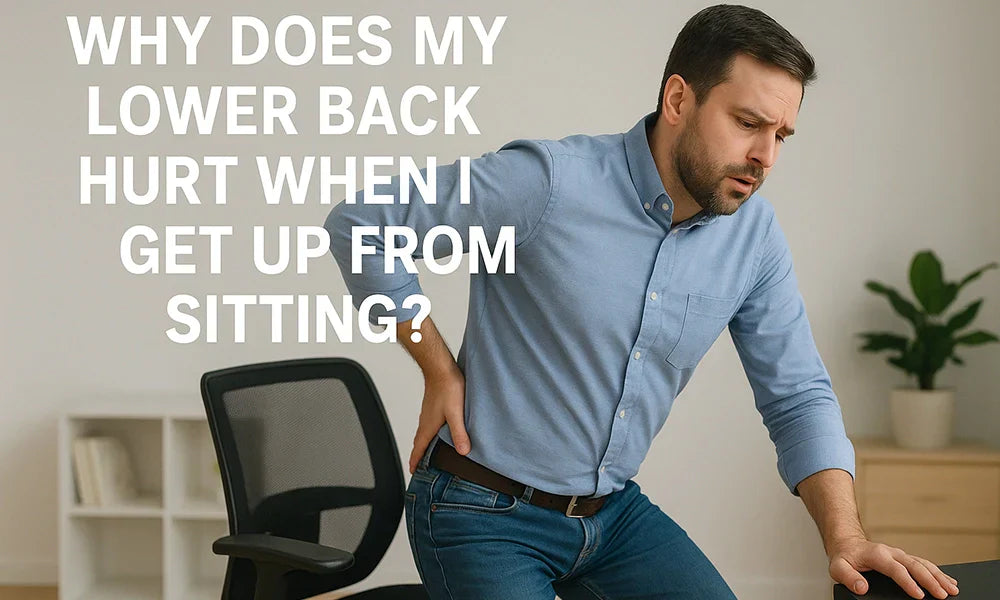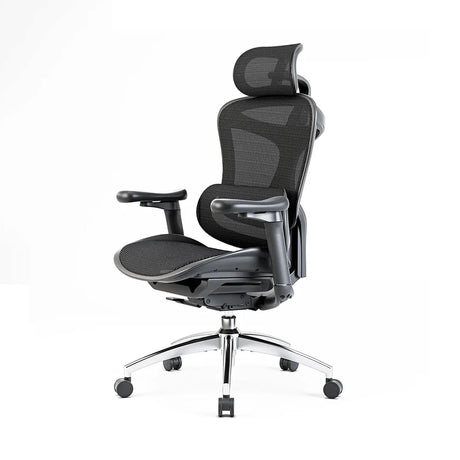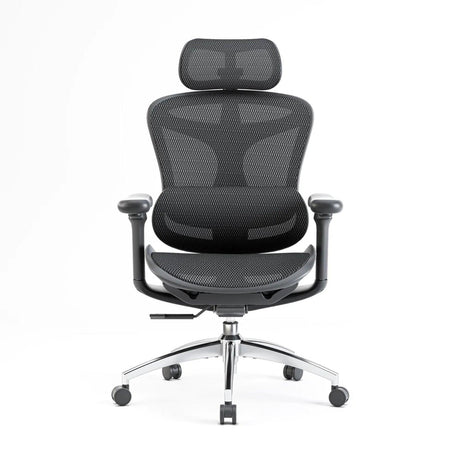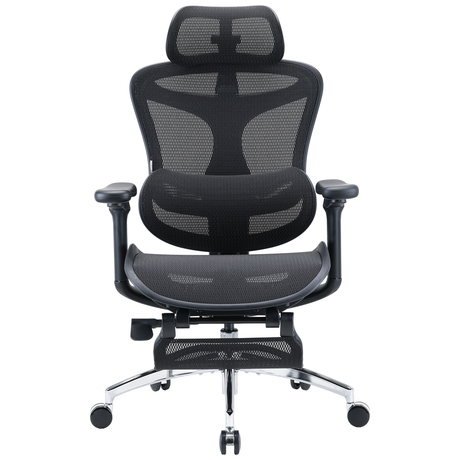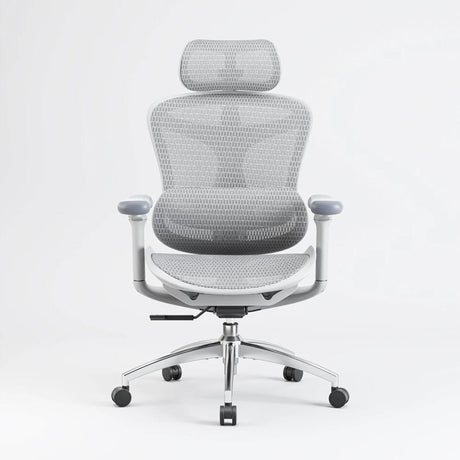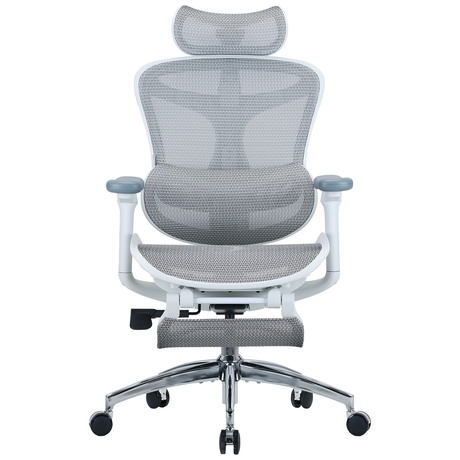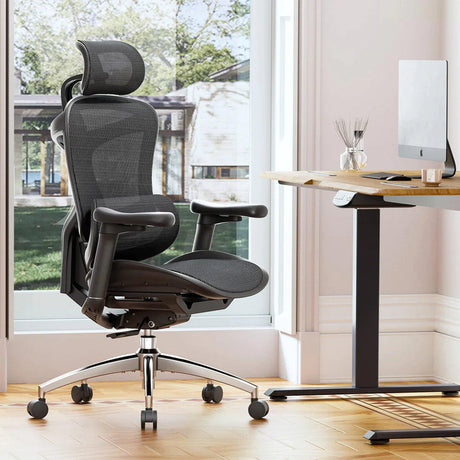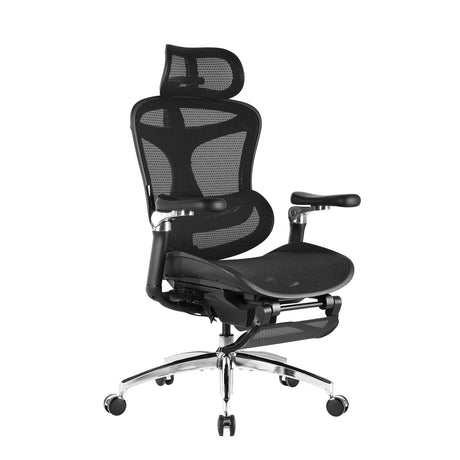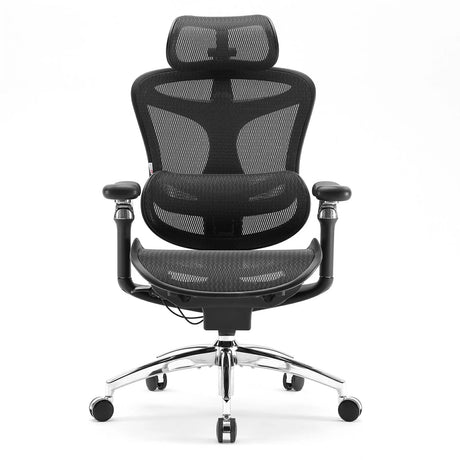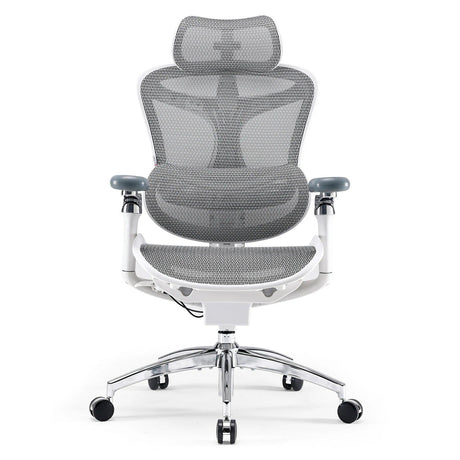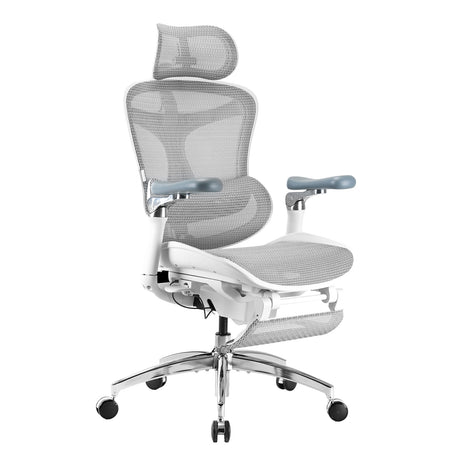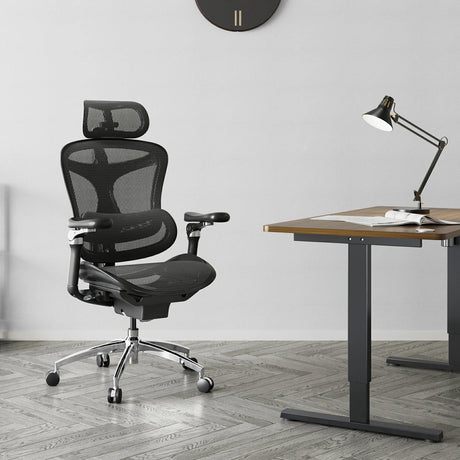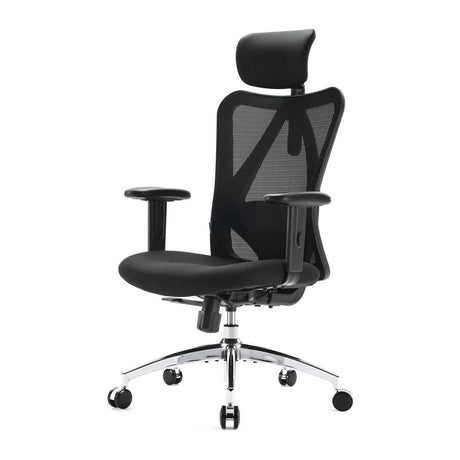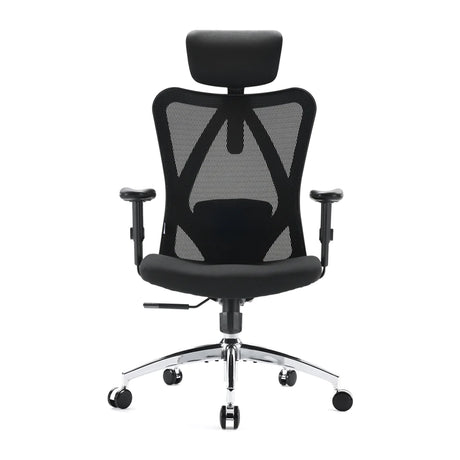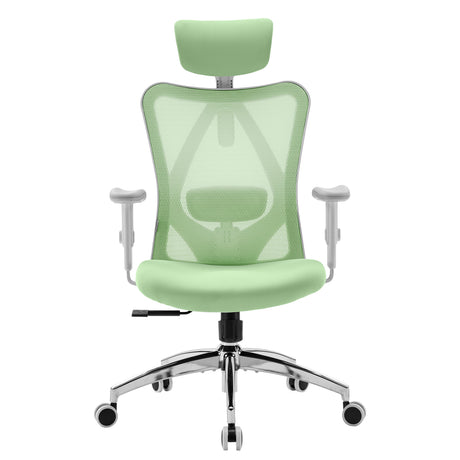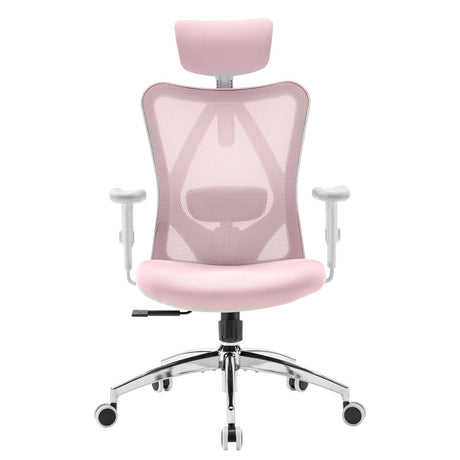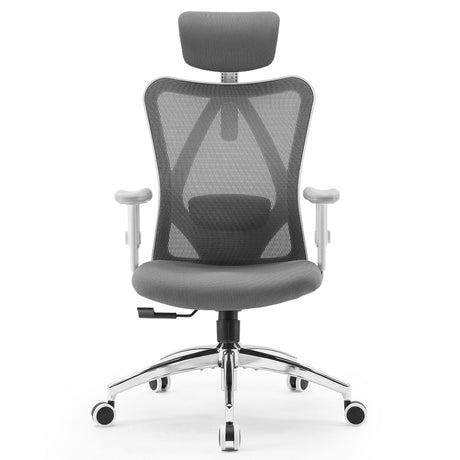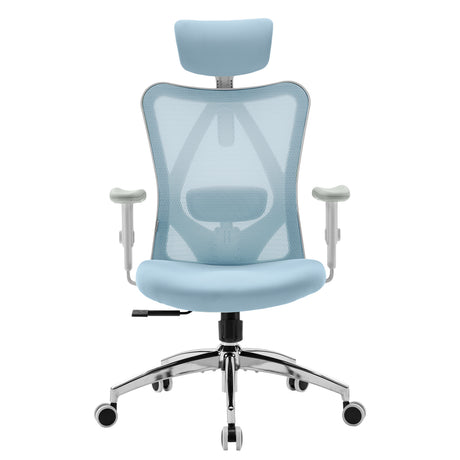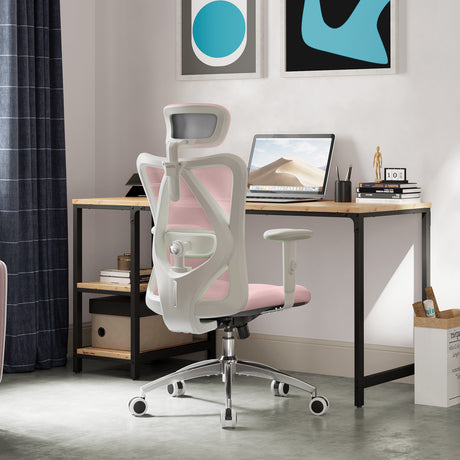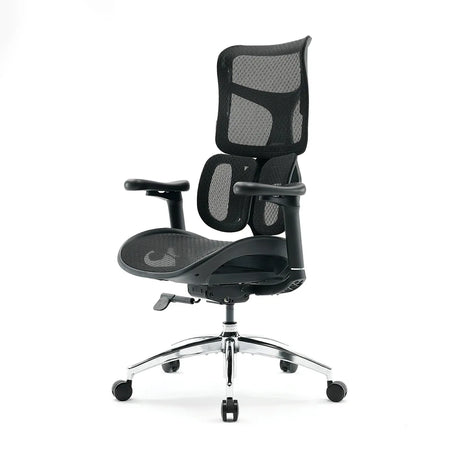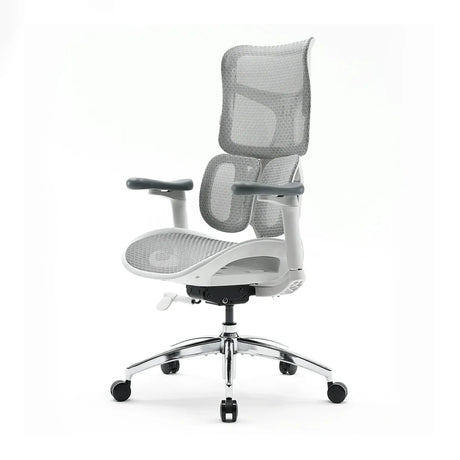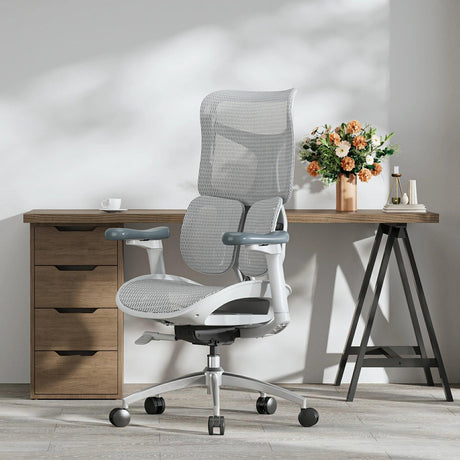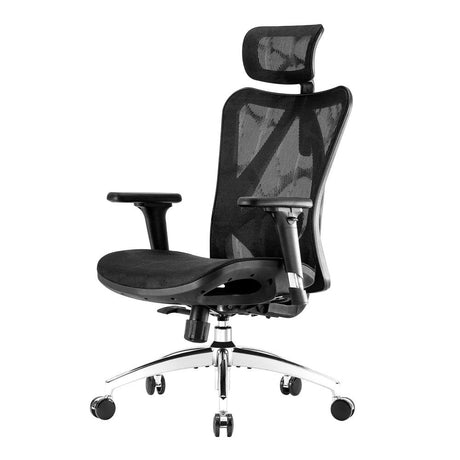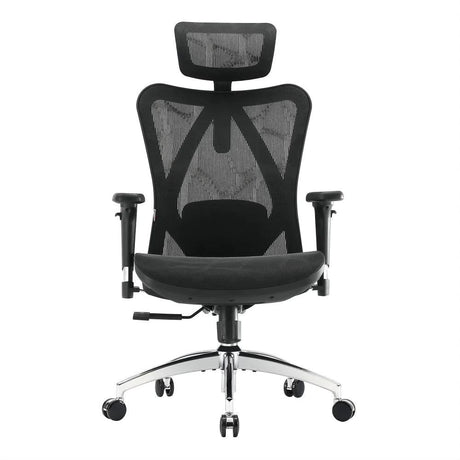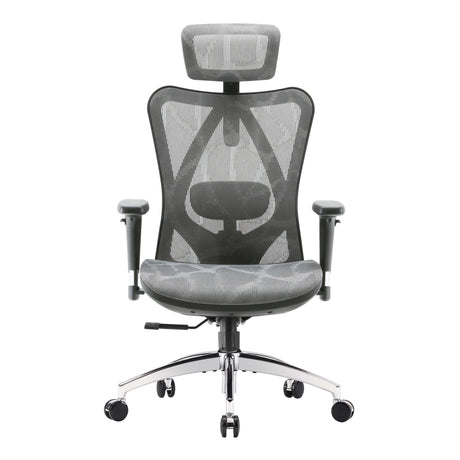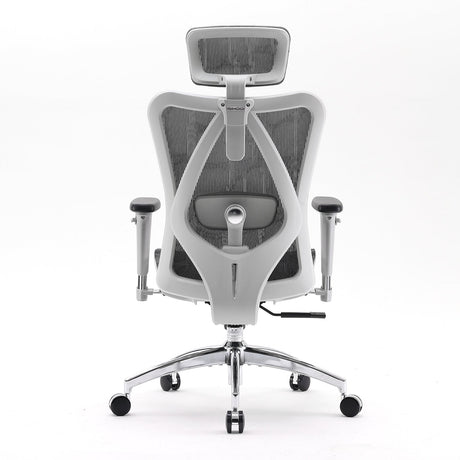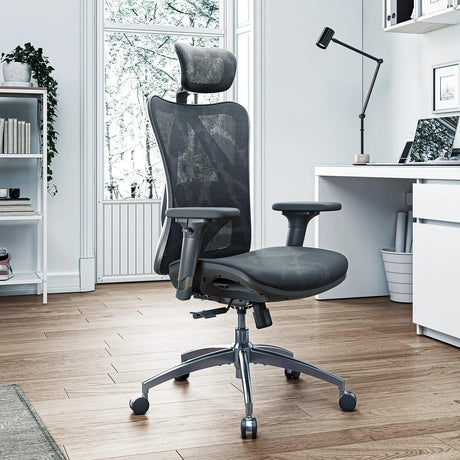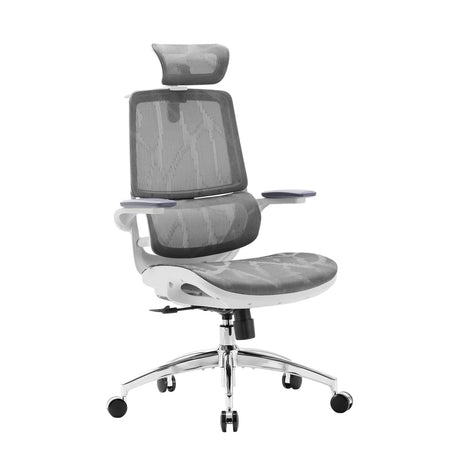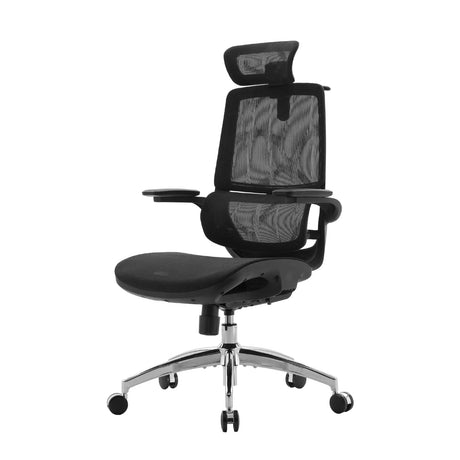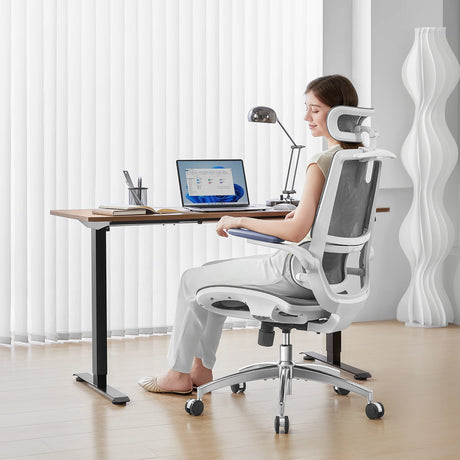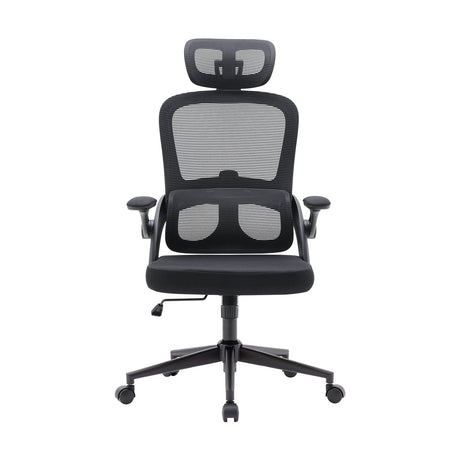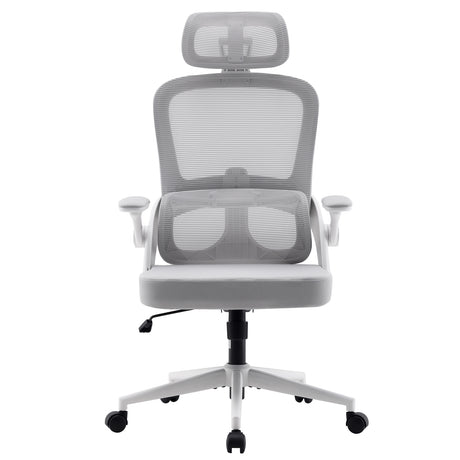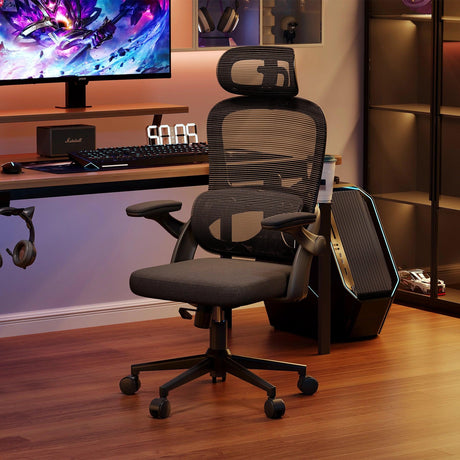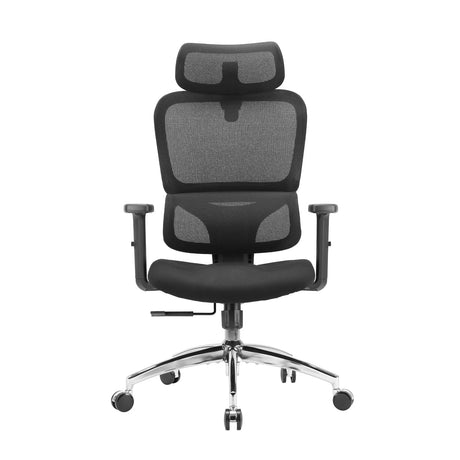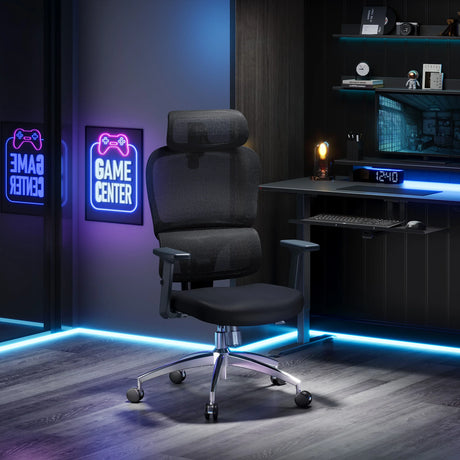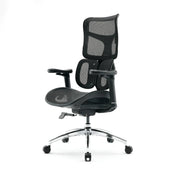Lower back pain is one of the most common complaints in the modern world. If you’ve ever felt a sharp ache, stiffness, or soreness in your lower back when standing up after sitting for a while, you are not alone.
But why exactly does this happen? Why does sitting—something that seems restful—make your lower back feel worse when you finally get up? To answer this, we need to look at how sitting affects your spine, muscles, and posture, and what you can do to prevent or ease the pain.
In this blog post, we’ll explore the causes of lower back pain when standing up from sitting, dive deep into the physiology of sitting, discuss preventive strategies, and explain how an ergonomic chair with proper back support, like the Sihoo Doro C300, can make a real difference.
1. The Anatomy of the Lower Back
To understand why pain occurs, let’s start with a quick overview of the lower back.
The lower back, or lumbar spine, is a complex structure composed of:
- Five vertebrae (L1–L5): These bones stack together and allow flexibility and movement.
- Discs: Cushions between each vertebra that act as shock absorbers.
- Muscles and ligaments: These provide stability, strength, and movement control.
- Nerves: Branching from the spinal cord, they transmit signals for movement and sensation.
When you sit for long periods, these structures undergo stress, especially if your posture isn’t ideal. Over time, this stress can lead to pain or discomfort when transitioning from sitting to standing.
2. Why Does Sitting Cause Lower Back Pain When Standing Up?
Many people assume sitting is restful, but prolonged sitting is actually one of the most stressful positions for your spine. Here’s why:
2.1 Pressure on Spinal Discs
When you sit, especially in a slouched posture, the lumbar discs are compressed more than when standing. Over time, this pressure weakens them and leads to stiffness when you stand up.
2.2 Muscle Imbalance and Weakening
Sitting causes some muscles (like hip flexors) to shorten and tighten, while others (like glutes and core muscles) weaken. This imbalance stresses your lower back and makes standing up feel painful.
2.3 Poor Circulation
Remaining seated reduces blood flow to spinal tissues and muscles. When you finally get up, stiff and undernourished muscles don’t support the spine effectively, triggering pain.
2.4 Nerve Irritation
In certain postures, sitting can compress nerves, especially the sciatic nerve. This may cause tingling, numbness, or shooting pain when standing.
2.5 Postural Memory
Your body adapts to positions it holds for long periods. If you habitually sit in a slouched position, your muscles "remember" it, and the sudden shift to standing strains the lumbar region.
3. Common Reasons for Lower Back Pain After Sitting
Now let’s break down some of the most common conditions and factors:
3.1 Poor Posture
Slouching, leaning forward toward your computer, or not using proper back support increases lumbar stress.
3.2 Weak Core Muscles
A weak core cannot stabilize your spine. As a result, your lower back takes on more load.
3.3 Tight Hip Flexors
Sitting shortens the hip flexors, which tilt the pelvis forward when standing, causing back pain.
3.4 Degenerative Disc Disease
As we age, spinal discs lose fluid and flexibility, making sitting and rising more painful.
3.5 Herniated Discs
Improper sitting postures can contribute to disc bulges or herniations, which irritate spinal nerves.
3.6 Sciatica
Prolonged sitting may compress the sciatic nerve, causing radiating pain down the leg when standing.
3.7 Inactivity and Sedentary Lifestyle
A lack of movement weakens supporting muscles, leaving your lower back vulnerable.
4. How Daily Habits Contribute
Lower back pain doesn’t just come from medical conditions—it’s often the result of everyday habits.
- Office setups without ergonomics: Using a hard chair without lumbar support.
- Working long hours at a desk without breaks.
- Slouching on the couch while watching TV.
- Crossing legs for long periods.
- Lifting improperly right after standing up from sitting.
If you notice a recurring pattern of pain, chances are it’s linked to your sitting habits.
5. Preventing and Managing Pain
Now that we understand the causes, let’s focus on solutions. Here are some practical ways to reduce lower back pain when standing up from sitting:
5.1 Correct Sitting Posture
- Sit with your feet flat on the floor.
- Keep knees bent at a 90-degree angle.
- Align hips and shoulders.
- Use lumbar support to maintain the natural curve of your spine.
5.2 Take Regular Breaks
Every 30–45 minutes, stand up, stretch, or walk for a few minutes. This helps circulation and relieves spinal stress.
5.3 Strengthen Your Core
Exercises like planks, bridges, and gentle yoga stretches strengthen muscles that support the spine.
5.4 Stretch Tight Muscles
Stretch hip flexors, hamstrings, and glutes daily to prevent pelvic misalignment.
5.5 Ergonomic Furniture
An ergonomic office chair with a supportive backrest—like the Sihoo Doro C300—is designed specifically to reduce stress on the spine.
5.6 Adjust Your Workspace
- Keep your screen at eye level.
- Use a standing desk if possible.
- Position your keyboard and mouse within easy reach.
6. The Role of Ergonomic Chairs
One of the best long-term solutions for preventing lower back pain from sitting is investing in a chair designed for spinal health.
Why Regular Chairs Fail
- Flat backs that don’t match the curve of your spine.
- Hard or overly soft cushions that don’t distribute pressure evenly.
- Fixed armrests and seats that don’t adapt to body size.
These flaws force your body into unnatural positions, straining your lower back.
7. Why the Sihoo Doro C300 is Recommended
The Sihoo Doro C300 is a chair engineered to solve exactly these problems. Here’s why it’s one of the best options for people dealing with lower back pain:
7.1 Dynamic Lumbar Support
The C300 automatically adjusts to your movements, providing continuous lower back support whether you lean forward, recline, or sit upright.
7.2 Flexible Backrest
Its backrest adapts to your spine’s natural curvature, ensuring healthy posture and reducing spinal pressure.
7.3 4D Coordinated Armrests
Armrests adjust in multiple directions, allowing proper shoulder alignment, which indirectly eases lower back strain.
7.4 Smart Weight-Sensing Chassis
The chair adapts to your weight and sitting style, ensuring a balanced recline without straining your spine.
7.5 Waterfall-Shaped Seat
The seat’s front edge is sloped to reduce thigh pressure and improve circulation, preventing stiffness when standing up.
7.6 Breathable Mesh
High-quality mesh ensures comfort during long sitting hours without overheating, keeping your muscles relaxed.
In short, the Sihoo Doro C300 provides the back support and adjustability that ordinary office chairs lack, helping to reduce the pain you feel when standing up after sitting.
Sihoo Doro C300 Office Chair
8. Practical Stretches and Movements
Along with using an ergonomic chair, adding movement to your daily routine is essential.
Simple Stretches:
- Cat-Cow Stretch – Improves spine mobility.
- Hip Flexor Stretch – Counteracts sitting tightness.
- Hamstring Stretch – Reduces pelvic pull on the spine.
- Seated Twist – Releases tension in the lumbar area.
Standing Movements:
- March in place for 1–2 minutes.
- Do gentle backbends.
- Walk around the room during calls.
9. When to See a Doctor
While most back pain from sitting is posture-related, you should seek medical advice if:
- Pain persists for more than two weeks.
- It radiates down the legs (sciatica symptoms).
- You experience numbness, weakness, or loss of bladder control.
- Pain severely limits your daily activities.
10. Long-Term Strategy for a Healthy Back
- Move often: Avoid sitting in one position for too long.
- Strengthen core and glutes: These muscles act as your spine’s natural brace.
- Invest in ergonomics: Chairs like the Sihoo Doro C300 are not luxuries—they’re tools for long-term spinal health.
- Listen to your body: Pain is a signal that something needs correction.
Final Thoughts
If your lower back hurts when you get up from sitting, it’s not just “in your head.” It’s a sign that your posture, chair, or daily habits are stressing your lumbar spine.
By understanding the causes, practicing healthy sitting habits, stretching regularly, and using ergonomic solutions like the Sihoo Doro C300 chair, you can prevent pain and protect your back for the long haul.
Your back is meant to support you through life—give it the care it deserves.
